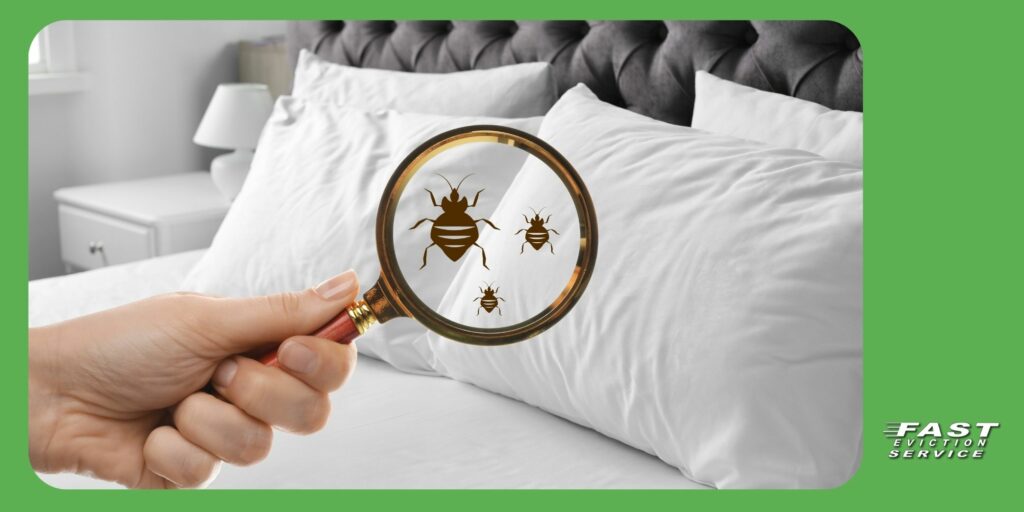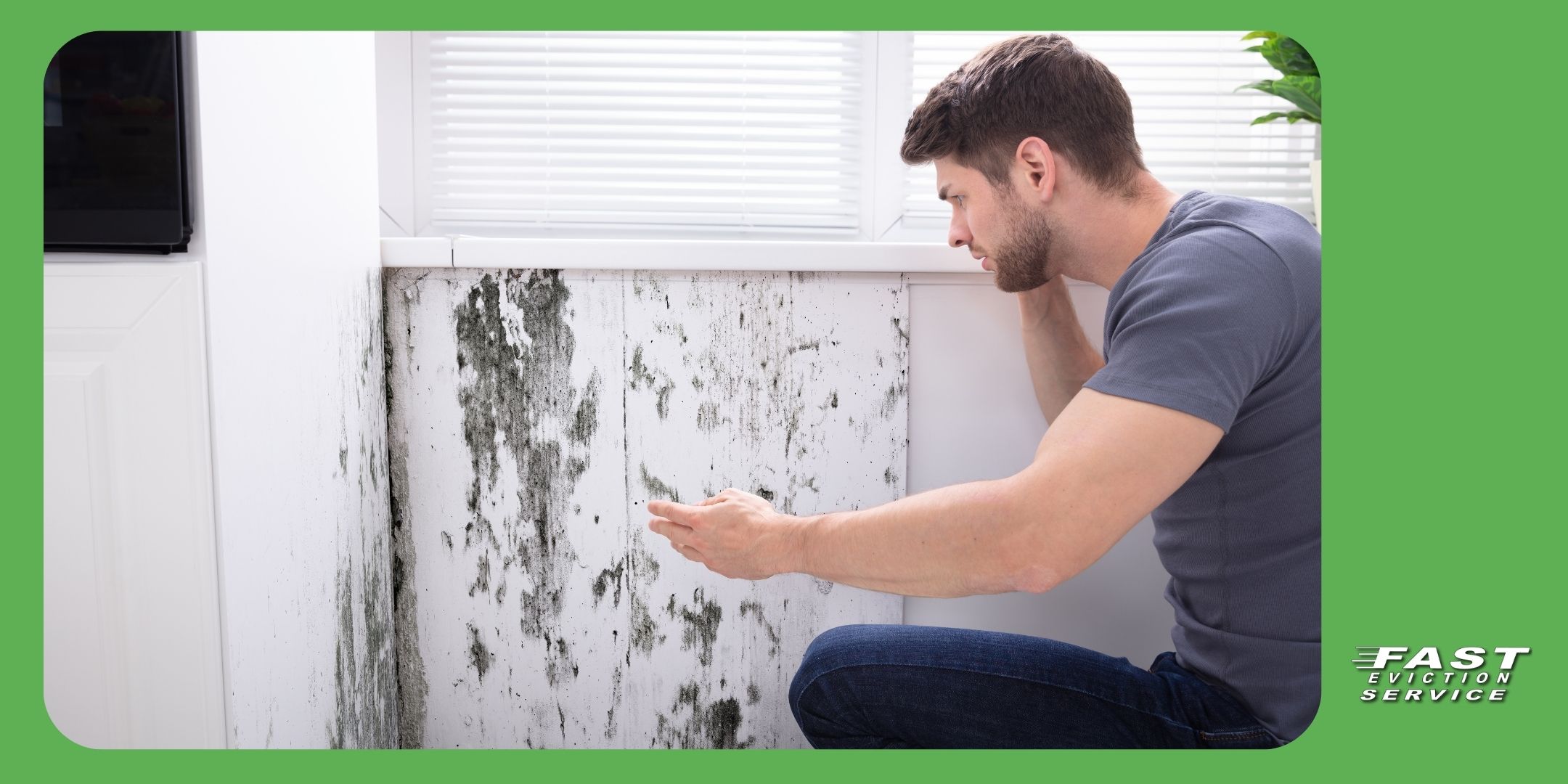Updated 7/30/2024
One of the most dreaded problems a landlord can face is a bedbug infestation. These tiny pests can cause significant distress to tenants and lead to potential conflicts between tenants and landlords. The question often arises: are landlords responsible for bedbugs in rental properties? Let’s delve into this issue and understand the responsibilities and best practices for landlords.

Understanding Bedbug Infestations
Bedbugs are small, elusive insects that feed on human blood. They can easily hitch a ride into rental properties through luggage, furniture, clothing, or even on a person. Bedbugs are notorious for spreading quickly and are difficult to eradicate once they establish a presence.
Legal Responsibilities of Landlords
When it comes to determining if landlords are responsible for bedbugs, it largely depends on local laws and the specific circumstances of the infestation. Generally, landlords are responsible for providing habitable living conditions. This includes ensuring the property is free from infestations that can affect the health and safety of tenants.
Initial Infestation vs. Tenant-Caused Infestation
If bedbugs were present in the rental property before the tenant moved in, the landlord is usually responsible for addressing the problem. Tenants have the right to move into a property that is free of bedbugs and other pests. On the other hand, if the infestation occurs after the tenant has moved in and there is evidence that the tenant brought the bedbugs into the property, the responsibility may shift to the tenant. However, proving this can be challenging.
Prompt Response and Action
Regardless of who is initially responsible, landlords should take immediate action if they are informed of a bedbug problem. Ignoring the issue or delaying treatment can exacerbate the infestation and lead to more significant problems. When tenants report bedbugs, landlords should promptly hire a professional pest control service to inspect and treat the property.
Implementing Preventative Measures
While it’s not always possible to prevent bedbugs entirely, landlords can take steps to minimize the risk. Here are some preventative measures landlords can implement:
- Regular Inspections: Conduct routine inspections of the property to catch any signs of bedbugs early.
- Education: Provide tenants with information on how to prevent bedbug infestations, such as checking luggage and second-hand furniture before bringing them into the property.
- Protective Covers: Use bedbug-proof mattress and box spring covers to reduce the risk of infestations.
Tenant Cooperation
Addressing a bedbug infestation effectively requires cooperation between landlords and tenants. Tenants should immediately report any signs of bedbugs and follow the pest control professional’s instructions for treatment and prevention. This might include preparing the property for treatment, such as decluttering and laundering bedding and clothing at high temperatures.
Cost and Liability
The cost of bedbug treatment can be substantial, and determining who pays for it can be contentious. While landlords are generally responsible for ensuring the property is habitable, they might be able to charge tenants for treatment if it’s proven that the tenant caused the infestation. Including specific clauses about pest control responsibilities in the lease agreement can help clarify this issue.
Legal Recourse
If disputes arise over who is responsible for bedbugs, tenants or landlords may seek legal recourse. Tenants can contact local housing authorities or health departments to report infestations and seek assistance. In some cases, tenants might withhold rent until the issue is resolved, but this can lead to further legal complications.
The question of whether landlords are responsible for bedbugs in rental properties often depends on the specific circumstances and local laws. Landlords have a duty to provide habitable living conditions, which includes addressing bedbug infestations. Prompt action, cooperation with tenants, and preventative measures are essential in managing and mitigating bedbug problems. By understanding their responsibilities and taking proactive steps, landlords can effectively handle bedbug issues and maintain a positive relationship with their tenants.






